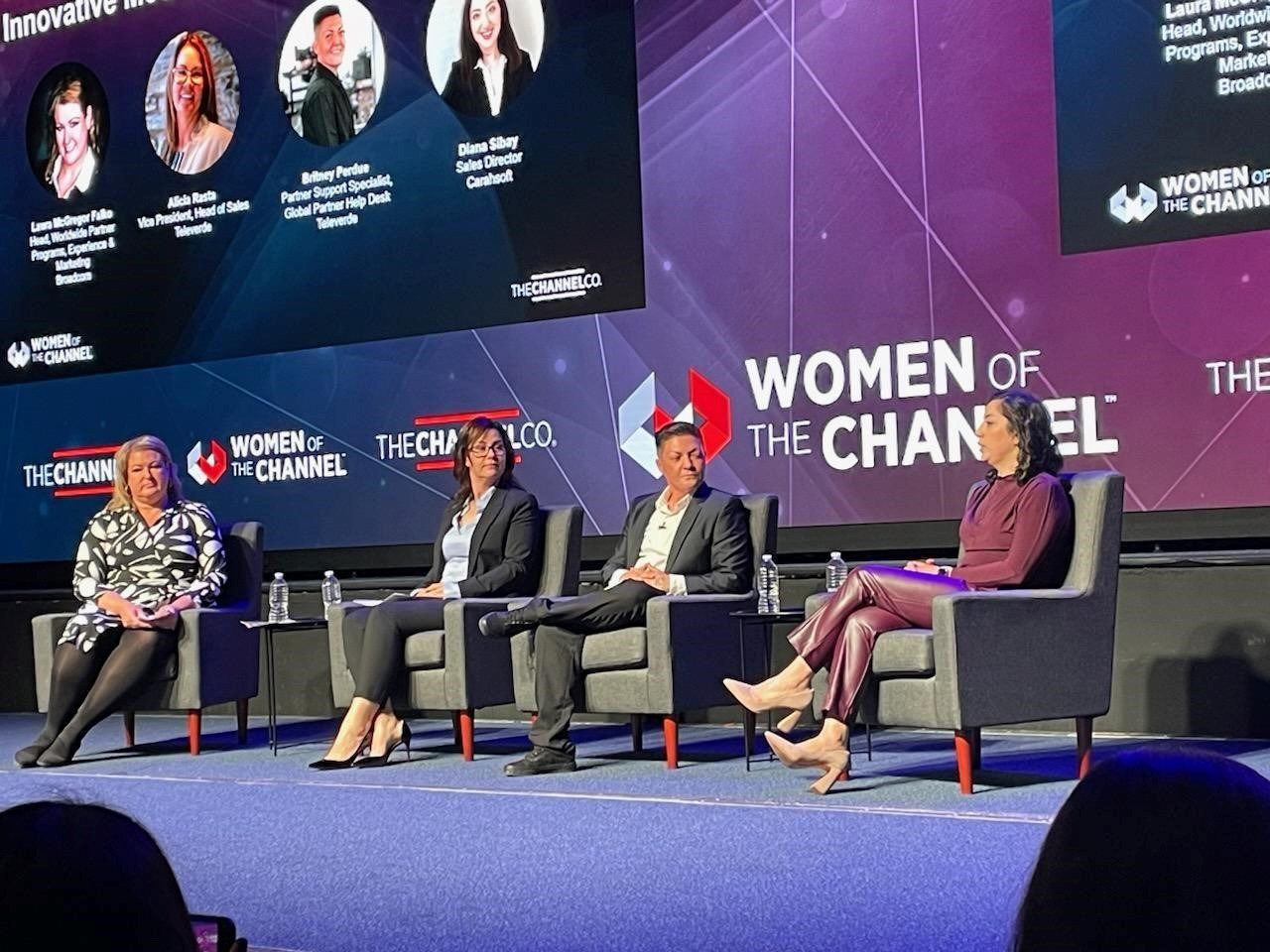Social Listening: An Underrated Tool for Demand Generation Success
Most businesses know they need to engage with their audience, but few truly listen. Social listening is the difference between reacting to customer interactions and actively analyzing what buyers are saying, feeling, and expecting. Yet, many companies overlook it as a demand generation tool.
Social listening is a powerful method for customer behavior analysis. By gathering insights from online conversations, businesses can uncover buying intent, refine messaging, and improve lead generation strategies. Without it, companies risk missing out on crucial signals that shape market demand.
So, how does social listening drive demand generation success? Let’s break down its role in identifying customer needs, optimizing marketing efforts, and converting engagement into sales opportunities.
Quick Takeaways
- By tracking online conversations, businesses can understand buyer sentiment, preferences, and emerging trends.
- Using social listening data, companies can refine targeting, personalize outreach, and anticipate customer needs.
- Identifying behavioral patterns and sentiment shifts helps businesses connect with high-intent buyers before competitors.
- Integrating findings into marketing, sales, and content strategies ensures more effective demand generation efforts.
What Is Social Listening?
Social listening is the process of tracking online conversations to understand what customers are saying about your brand, industry, or competitors. Unlike social monitoring, which focuses on tracking direct mentions or engagement metrics, social listening dives deeper. It analyzes sentiment, identifies patterns, and uncovers key themes in customer discussions across social media, forums, blogs, and news sites.
By leveraging social listening, businesses gain real-time insights into buyer needs, pain points, and interests. These insights fuel customer behavior analysis, helping marketers and sales teams refine their strategies based on actual customer conversations. Instead of guessing what prospects want, companies can tailor their messaging, product positioning, and outreach efforts to match real-world demand.
Some key ways social listening contributes to customer behavior analysis include:
- Identifying pain points: Understanding what frustrates potential buyers helps brands address objections before they arise.
- Spotting emerging trends: Recognizing industry shifts early allows businesses to stay ahead of the competition.
- Measuring sentiment: Monitoring how customers feel about a topic, brand, or product helps companies adjust messaging in real time.
- Tracking engagement triggers: Understanding what prompts customer interactions—positive or negative—enables better marketing and sales alignment.

Social listening is about using that data to refine your demand generation strategy.
How Social Listening Enhances Demand Generation
Demand generation relies on a deep understanding of customer needs, behaviors, and decision-making processes. Social listening provides that understanding by capturing real-time customer insights. Here’s how it improves demand generation:
1. Understanding Customer Needs
Every purchase decision starts with a problem that needs solving. Social listening reveals the questions, frustrations, and interests driving customer behavior. By analyzing discussions in industry forums, LinkedIn groups, and social media platforms, businesses can refine their messaging to align with what buyers care about most.
For example, if potential customers frequently mention a specific challenge, brands can create content, solutions, or offers that directly address that need—positioning themselves as the ideal solution before competitors even react.
2. Personalizing Outreach
Generic outreach no longer works. Today’s buyers expect personalized interactions based on their unique needs—yet 76% of customers feel frustrated when brands fail to deliver a personalized experience.

Social listening provides the context necessary to craft highly relevant messaging by analyzing what customers are discussing. Companies can segment audiences based on pain points, interests, and preferences, ensuring that their outreach aligns with buyer expectations.
For instance, if a prospect expresses frustration about an inefficient process, a sales team can reach out with a tailored message demonstrating how their solution directly addresses that issue. This level of personalization strengthens connections and improves lead conversion rates.
3. Refining Targeting Strategies
Successful demand generation starts with targeting the right audience. Social listening helps businesses refine their ideal customer profile (ICP) by uncovering the demographics, industries, and behaviors most aligned with their offerings. Instead of relying solely on internal data, brands can use real-world customer insights to fine-tune their targeting criteria.
By tracking conversations around specific keywords, competitors, or industry challenges, marketers can identify high-intent leads who are actively searching for solutions. This not only improves campaign efficiency but also reduces wasted ad spend on the wrong audience.
Connecting Social Listening to Customer Behavior Analysis
Understanding customer behavior is the foundation of successful demand generation. Social listening provides real-time insights into how potential buyers think, feel, and engage with brands. By analyzing these interactions, businesses can refine their marketing strategies and improve conversion rates. Here’s how social listening fuels customer behavior analysis:
1. Tracking Behavioral Patterns
Social listening helps businesses track recurring themes in customer conversations. Are potential buyers frequently discussing a common frustration? Are they comparing different solutions? Identifying these behavioral patterns allows brands to anticipate customer needs and create content or offers that resonate with their audience.
For example, if a trend emerges where customers are expressing dissatisfaction with long onboarding times, companies can position their product as the faster, more efficient alternative. This proactive approach makes marketing messages more relevant and impactful.
2. Predicting Buyer Intent
Social listening reveals early indicators of buyer interest. When potential customers engage in discussions about a product category or specific problem, it signals intent. Businesses can use these insights to prioritize outreach efforts and nurture leads at the right moment.
By tracking sentiment shifts, keyword mentions, and engagement patterns, companies can predict which prospects are moving closer to a purchase decision. This allows sales teams to engage with high-intent buyers before competitors even realize the opportunity exists.
3. Understanding Real-Time Customer Sentiment
Customer sentiment changes quickly, and brands that fail to keep up risk losing relevance. Social listening enables businesses to gauge how their audience feels about industry trends, products, or competitors in real time.
For instance, if a company launches a new service and social listening detects a wave of negative sentiment around pricing, they can quickly adjust their messaging, highlight value-driven benefits, or introduce limited-time offers to address concerns. Staying ahead of sentiment shifts ensures that demand generation efforts remain effective.
Implementing Social Listening for Demand Generation Success
Social listening is only valuable if businesses know how to act on the insights they gather. Here are the key steps to effectively implement social listening into a demand generation strategy:
1. Choose the Right Tools
AI-driven social listening tools help businesses sift through massive amounts of data, identifying patterns and sentiment shifts efficiently. Whether it’s monitoring LinkedIn conversations, analyzing Twitter trends, or tracking industry blogs, selecting the right tools ensures that companies get the most valuable insights.
2. Monitor the Right Channels
Not all social platforms are relevant to every business. B2B companies, for example, may find more meaningful insights on LinkedIn, industry forums, and business news sites than on Instagram or TikTok. Identifying where customers are most active allows businesses to focus their listening efforts where they will have the greatest impact.
3. Set Clear Objectives
Companies must define what they want to achieve with social listening. Are they looking to identify buying intent, refine messaging, or improve audience targeting? Setting specific goals ensures that social listening efforts are aligned with demand generation priorities.
4. Act on Insights
Gathering data is just the first step—what matters is how businesses use it. Insights from social listening should directly influence marketing campaigns, content strategies, and sales outreach. For example, if a common pain point emerges, marketing teams should create blog posts, webinars, or case studies that address the issue head-on.
5. Integrate Social Listening with Other Data Sources
For maximum impact, social listening should be combined with CRM data, email marketing performance, and website analytics. This holistic approach creates a full picture of customer behavior, helping businesses make data-driven decisions that enhance demand generation.
Unlock Growth Today with Televerde
Companies that actively listen to their audience will always be one step ahead in generating meaningful connections and conversions. By using social insights to refine customer behavior analysis, businesses can create more targeted campaigns, engage high-intent buyers, and drive demand more effectively.
Want to leverage social listening for smarter demand generation? Discover how Televerde can help you turn insights into action. Get in touch with us today!


